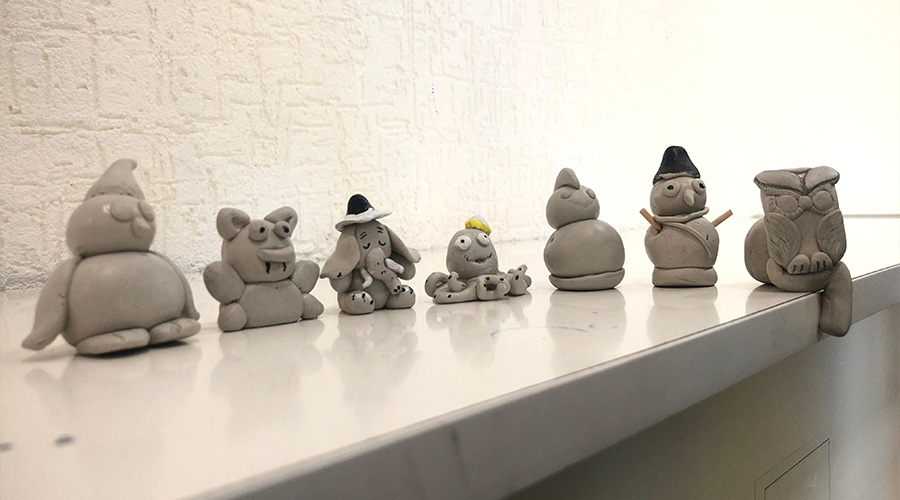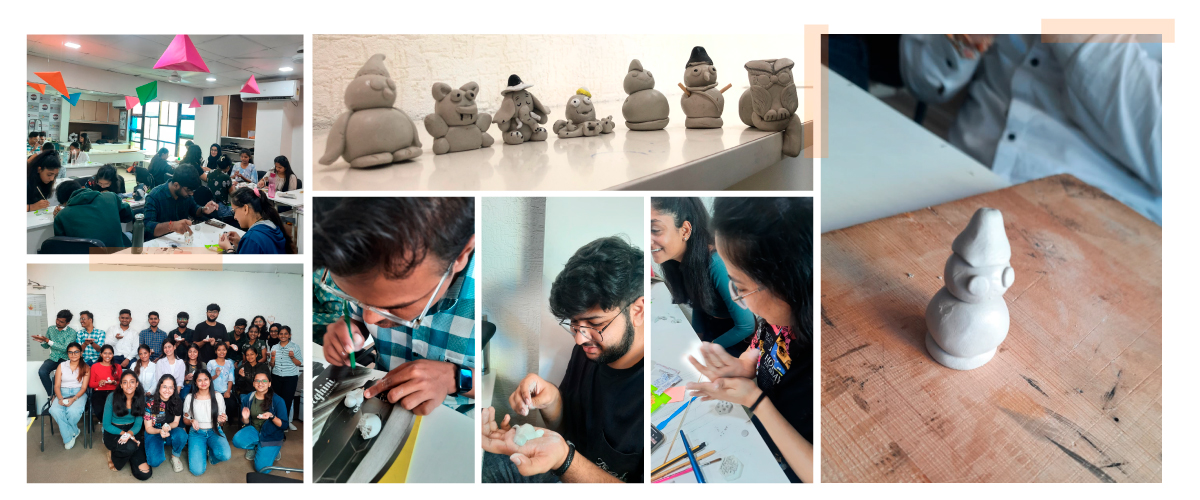In the vibrant world of interior design, creativity finds its most profound expression in the exploration of materials and techniques. At the Indian School of Design and Innovation (INSD) in Pune, clay emerges as a powerful medium that transforms imagination into tangible form. For interior design students, clay serves as both a canvas and a tool, offering a unique way to explore and manifest their creative visions. In this blog, we delve into how INSD Pune’s approach to clay modeling enriches the interior design course and prepares students for a dynamic career in design.
The Role of Clay in Interior Design
Clay, often regarded as a humble material, holds immense potential in the world of interior design. Its malleability and versatility allow designers to experiment with form, texture, and structure, making it an ideal medium for hands-on creative exploration. At INSD Pune, clay modeling is more than just an exercise; it’s a fundamental part of the curriculum that encourages students to push the boundaries of their creativity.
- Exploration of Form and Texture
One of the key benefits of working with clay is its ability to convey a wide range of forms and textures. Students at INSD Pune use clay to experiment with different shapes, from intricate patterns to bold, sculptural pieces. This exploration helps them understand how various forms interact within a space and how texture can influence the overall aesthetic.
- Hands-On Learning Experience
Unlike digital design tools, clay offers a tactile experience that is crucial for developing an intuitive understanding of three-dimensional design. By molding and shaping clay, students gain insights into spatial relationships and material properties. This hands-on approach complements digital design skills, creating a well-rounded foundation for interior design.
- Conceptualization and Prototyping
Clay modeling is also a valuable tool for conceptualizing and prototyping design ideas. Before committing to more permanent materials, students can use clay to create scale models and test their concepts. This iterative process allows them to refine their ideas and explore different design possibilities in a low-risk environment.

The Impact of Clay Modeling on Student Development
- Enhanced Creativity
Working with clay challenges students to think creatively and experiment with unconventional ideas. The process of molding and shaping clay encourages them to explore new design possibilities and push the limits of their imagination.
- Improved Design Skills
Clay modeling enhances students’ design skills by providing a hands-on understanding of form, texture, and spatial relationships. This experience complements their digital design training and helps them create more cohesive and effective design solutions.
- Increased Confidence
Successfully creating clay models boosts students’ confidence in their design abilities. This newfound confidence carries over into other areas of their work, allowing them to approach projects with greater assurance and creativity. - Better Problem-Solving Abilities
The iterative process of clay modeling—experimenting, refining, and adjusting—develops students’ problem-solving skills. They learn to address design challenges creatively and adapt their ideas based on feedback and observation.
At INSD Pune, clay workshop serves as a transformative medium that bridges the gap between imagination and reality. By integrating clay modeling into the interior design curriculum, the institute provides students with a unique opportunity to explore their creativity and develop essential design skills. The hands-on experience with clay not only enriches their learning journey but also prepares them for a successful career in interior design.
For those passionate about interior design and eager to explore the endless possibilities of creativity, the interior design course at INSD Pune offers the perfect platform.



